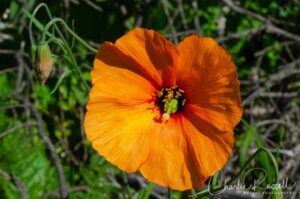
Let’s take a look at some Sunol Regional Wilderness wildflowers! This is a wonderful area that has many trails leading up through the hills, with many wildflowers, great vistas, and wonderful oak trees. This is one of several “wilderness” areas set in the hills east of the lower San Francisco bay area. Since it is so close to developed areas there are many non-native plants, but there also is a rich variety of native plants to enjoy.
The Flowers
Let’s jump right in and look at the flowers! Here’s a sample of a few of my favorites from this hike.
My favorite flower from this hike is the Butterfly mariposa lily (Calochortus venustus). We found several of them scattered about along the Canyon View trail, on a grassy hillside. I have a side view of this in the gallery below, I can’t decide which shot I like best.
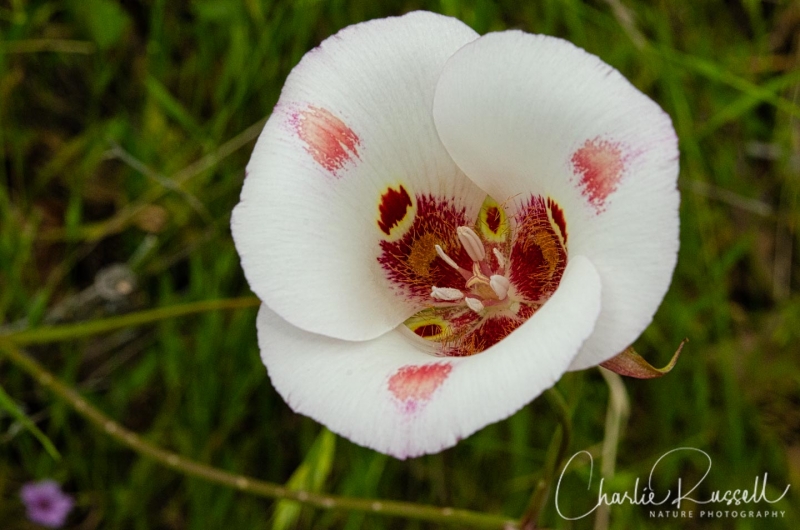
Calochortus lilies are always fun to find. Here’s another species, which looks very different from the one above. White fairy lantern, aka White globe lily. (Calochortus albus). Both of these are found only in California.
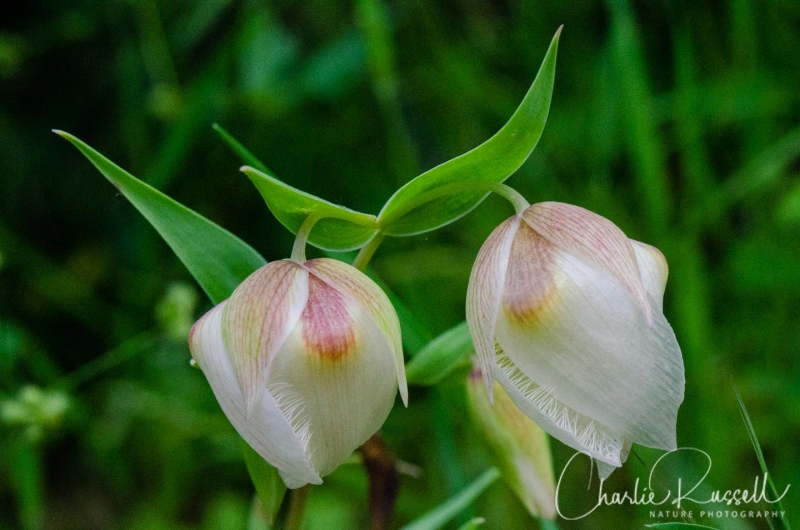
Here’s another California endemic, California gilia (Gilia achilleifolia ssp. achilleifolia).
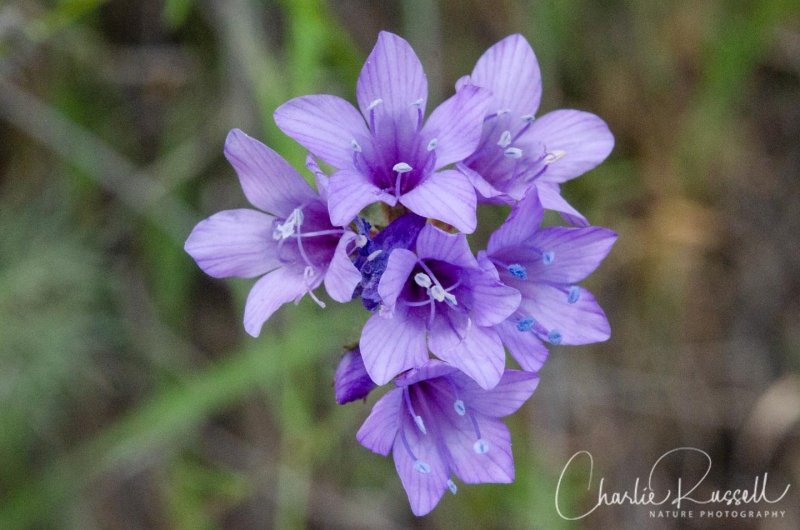
Larkspurs are one of those flowers that I have a hard time photographing. They have so many dimensions, and they are sticky, so they tend to pick up a lot of junk that is blowing around. This one is Zigzag larkspur (Delphinium patens ssp. patens), another one that is found only in California.

For the best viewing experience, click on the lightbox image below, and you can scroll through larger versions of the photos of many of the plants (and other things) that we found on this hike. All photos are available for purchase in a variety of formats.
The Hike
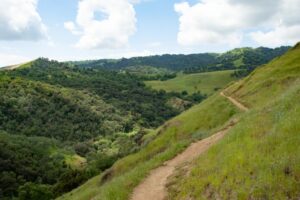
This was the first time that we visited the Sunol Regional Wilderness, and there are a lot of hiking options. I recommend downloading the map from the Sunol Regional Wilderness website. For this hike we started on the Canyon View Trail, walked a short distance down the Camp Ohlone Road to see “Little Yosemite”, then up the Cerro Este Road to the McCorkle Trail, and met up with the Canyon View Trail again for the return. This was just short of 6 miles, with a lot of elevation change. Some of these trails go straight up the hill, which makes them what I call “heart-thumpers”.
Most of the time you are on open, grassy hillsides with wonderful views. Sometimes (particularly on the McCorkle trail) you are climbing up a trail through the brush. Watch for poison oak in these sections!
The Canyon View trail starts at the parking lot and follows a creek for a ways. After a short distance there is a sign post that points you up the hill. This is a steep climb straight up the hill without any switchbacks, so it is a bit vigorous. Fortunately, lots of flowers on this section so you have opportunities to take a break, often.
Trail junctions are clearly marked with signposts that name the trails, for the most part. Some of the junction markers are numbered, and these numbers are shown on the park map.
Canyon View was the best for wildflowers, although there were interesting things to find on each section. This is where we found the beautiful Butterfly mariposa lilies.

Eventually this trail crosses the Cerro Este Road. You can take that downhill to the Camp Ohlone trail if you wish. In our hike, we continued on with Canyon View. This section was a bit more rugged, and there is a lot of poison oak. But there were some flowers along this section that we didn’t see anywhere else, so it was worthwhile. Eventually the trail meets the Camp Ohlone Road.
We walked back along the Camp Ohlone road toards a spot called “Little Yosemite”. I have to caution you if you are hiking on a weekday – there were a lot of trucks on this road, and no shoulders to use to get out of the way. The biggest issue we had was that there were water trucks spraying water for dust control. They didn’t turn off the water when passing hikers!
Heading back, we took the Cerro Este Road, which again goes straight up the hill with no switchbacks. This is mostly open grassy hillsides, pretty but there weren’t many flowers. After a climb, this meets the McCorkle trail, which was a tougher trail. It heads down a gully (nice shade!), and there are some branch trails that lead off into dead ends that can cause some problems. My GPS app (from alltrails.com) was very helpful in keeping us on track. There are some scrambles up the hillside, and lots of poison oak again. Eventually, McCorkle meets up with Canyon View, and we followed that back to our car.
If we do this area again, I would probably not take the Cerro Este / McCorkle portion of the loop.
Click the track to see an elevation graph. Move your mouse along the elevation graph to show the location on the map. The Refresh icon will re-center the map. The Expand icon will expand to full screen.
Sunol Regional WIlderness
Profile
Directions
The Sunol Regional Wilderness is accessed from Highway I-680 east of Fremont. Take the Calaveras Road exit and head south. After about four miles, turn left onto Geary road. Note that you can’t reach it from the southern part of Calaveras Road (at the time I’m writing this) due to road closures for construction work on the dam for Calaveras Reservoir.
Geary road is narrow, so take your time. I recommend parking at the visitor center (the “Old Green Barn”), which is where several trails begin (including Canyon View).
There are restrooms at the visitor center. There is a park fee of $5.00 per car on weekends and holidays. There is an additional fee of $2.00 for a dog, and another $2.00 per person if you wish to hike into the adjacent Ohlone Regional Wilderness. There are several excellent maps of the area in the Sunol Regional Wilderness website.
Timing is Everything
We visited in late April and it was beautiful. The hillsides were green, the flowers were excellent, the oak trees had new leaves, the weather was not too hot. I have a feeling that this is a busy place on weekends, since it is so close to the Bay Area. I imagine that there is a long flowering season, but in the summer these grassy hills are going to be a golden brown, and probably hot.
Sunol Regional Wilderness Wildflowers
Here’s a listing of the native plants that we found on this visit. The ones listed in color are endemic to California (that is, found only in California).
- Annual mountain dandelion (Agoseris heterophylla)
- Arroyo lupine (Lupinus succulentus)
- Bird’s eye gilia (Gilia tricolor ssp. diffusa)
- Blow wives (Achyrachaena mollis)
- Blue elderberry (Sambucus nigra ssp. caerulea)
- Blue fiesta flower (Pholistoma auritum var. auritum)
- Blue witch nightshade (Solanum umbelliferum)
- Bush monkeyflower (Diplacus aurantiacus)
- Butter ‘n’ eggs (Triphysaria eriantha ssp. eriantha)
- California bee plant (Scrophularia californica)
- California buttercup (Ranunculus californicus)
- California gilia (Gilia achilleifolia ssp. achilleifolia)
- California goldfields (Lasthenia californica ssp. californica)
- California plantain (Plantago erecta)
- California poppy (Eschscholzia californica)
- Canyon nemophila (Nemophila heterophylla)
- Common yarrow (Achillea millefolium)
- Foothill clover (Trifolium ciliolatum)
- Fringe pod (Thysanocarpus curvipes)
- Gooseberry (Ribes sp.)
- Gumweed madia (Madia gracilis)
- Ithuriel’s spear (Triteleia laxa)
- Jeweled onion (Allium serra)
- Longhorn seablush (Plectritis macrocera)
- Ookow (Dichelostemma congestum)
- Poison oak (Toxicodendron diversilobum)
- Pineapple weed (Matricaria discoidea)
- Purple chinese houses (Collinsia heterophylla var. heterophylla)
- Purple owl’s clover (Castilleja exserta)
- Purple western morning glory (Calystegia purpurata ssp. purpurata)
- Red maids (Calandrinia menziesii)
- Rigid hedge nettle (Stachys ajugoides var. rigida)
- Sky lupine (Lupinus nanus)
- Small flowered fiddleneck (Amsinckia menziesii)
- Tomcat clover (Trifolium willdenovii)
- True babystars (Leptosiphon bicolor)
- Watercress (Nasturtium officinale)
- Weakstem cryptantha (Cryptantha flaccida)
- Western blue eyed grass (Sisyrinchium bellum)
- White fairy lantern (Calochortus albus)
- Wind poppy (Papaver heterophyllum)
- Winecup clarkia (Clarkia purpurea)
- Woodland star (Lithophragma affine)
- Zigzag larkspur (Delphinium patens ssp. patens)
The following are non-native plants that we found on the hike as well:
- Annual yellow sweetclover (Melilotus indicus)
- Bur clover (Medicago polymorpha)
- Common catchfly (Silene gallica)
- Dove’s foot geranium (Geranium molle)
- Field madder (Sherardia arvensis)
- Italian thistle (Carduus pycnocephalus)
- Purple sand spurry (Spergularia rubra)
- Rose clover (Trifolium hirtum)
- Shamrock clover (Trifolium dubium)
- Spiny buttercup (Ranunculus muricatus)
- Spring vetch (Vicia sativa ssp. sativa)
- White horehound (Marrubium vulgare)
- Winter vetch (Vicia villosa)
- Woolly clover (Trifolium tomentosum)


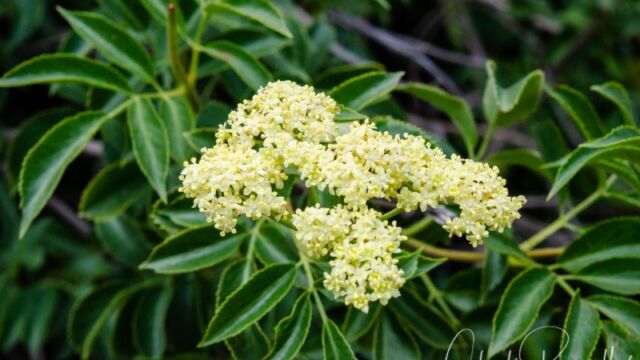
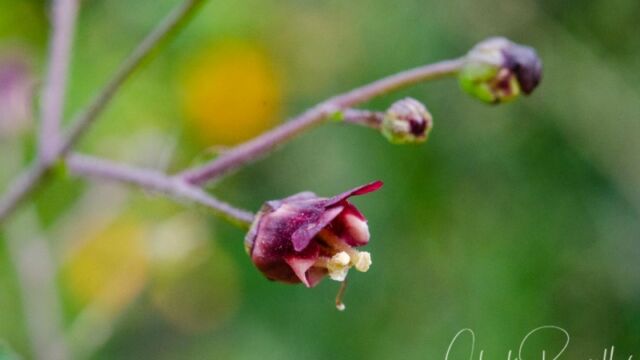
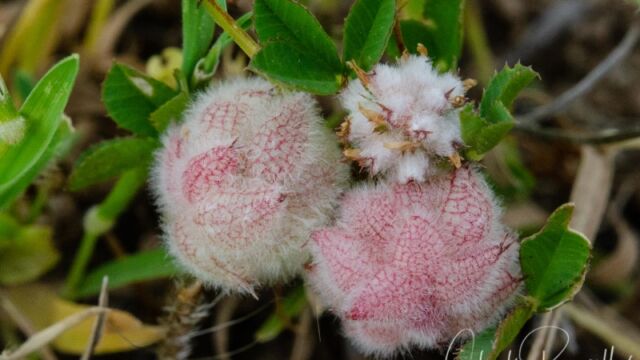
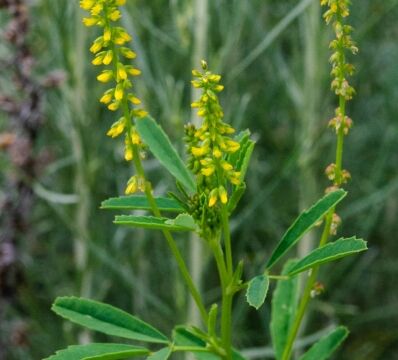
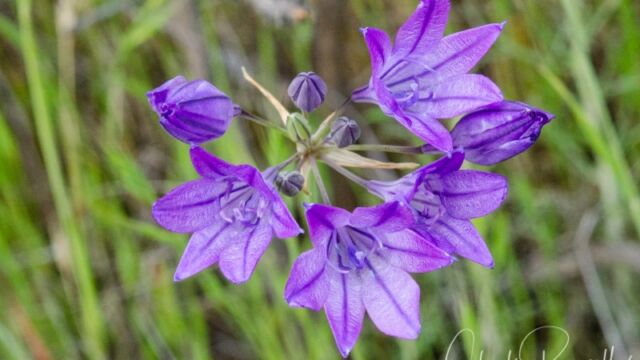
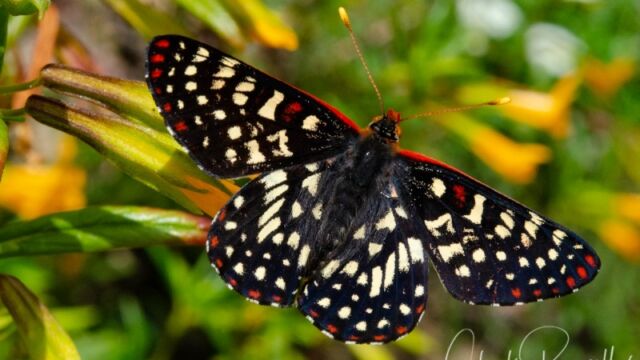
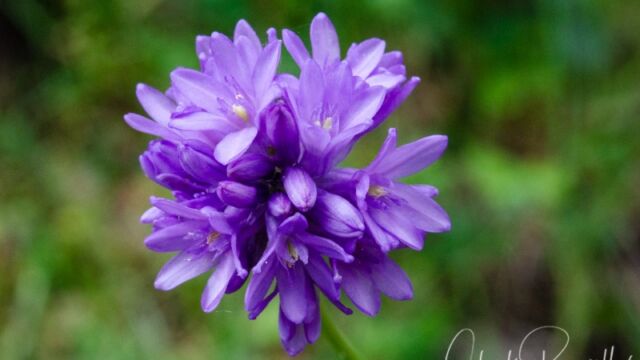

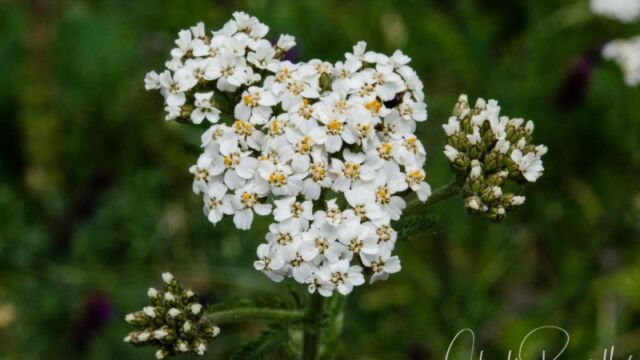
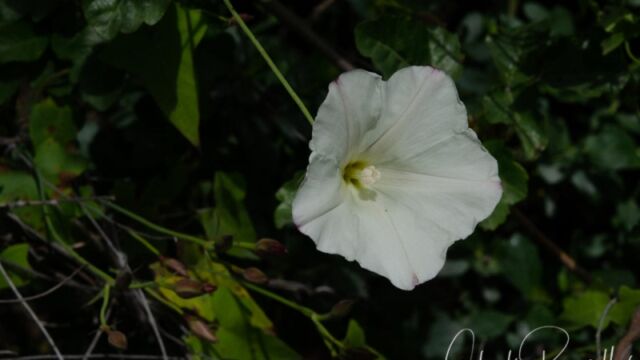
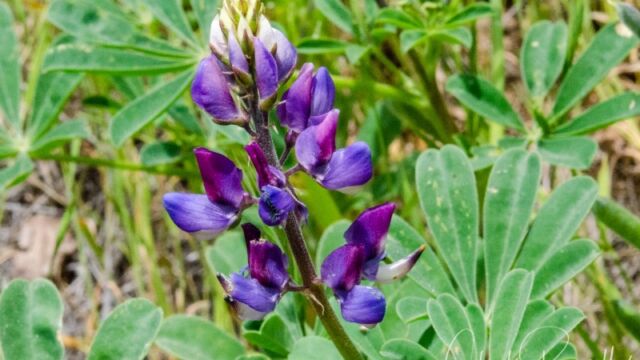
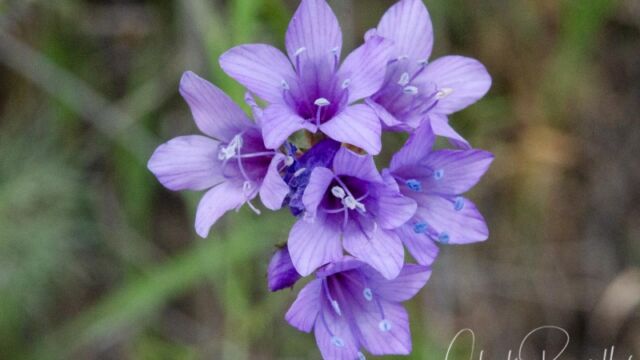
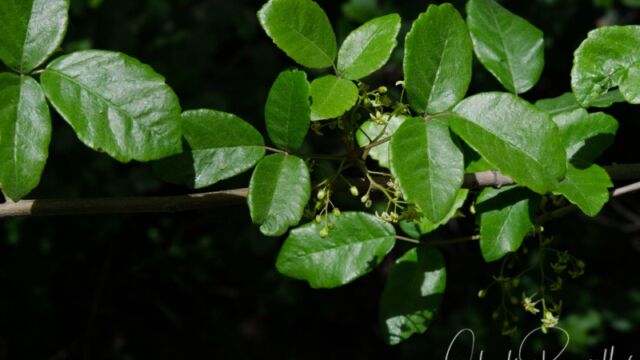
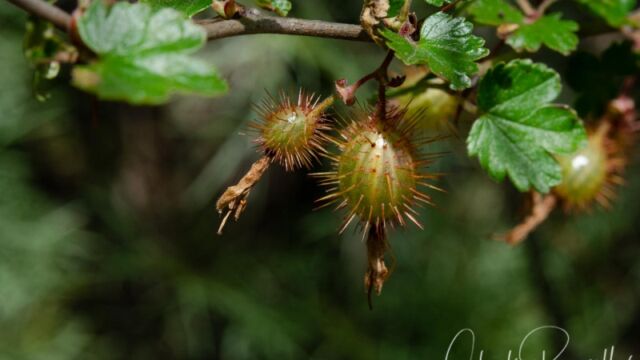
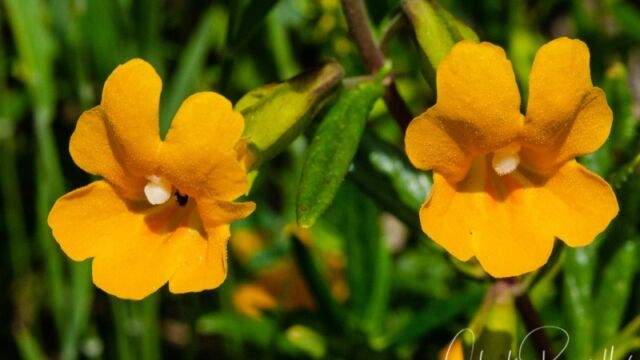
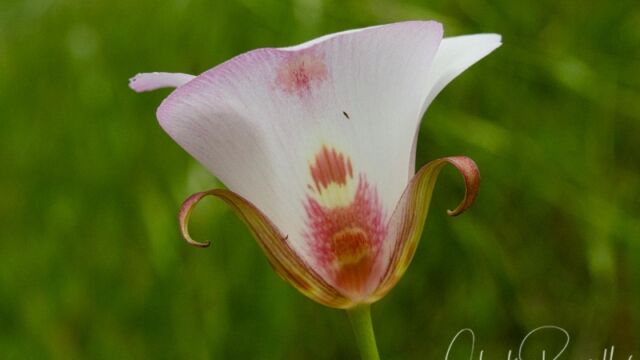
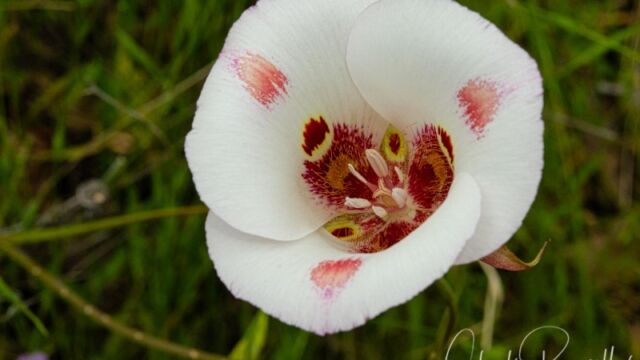
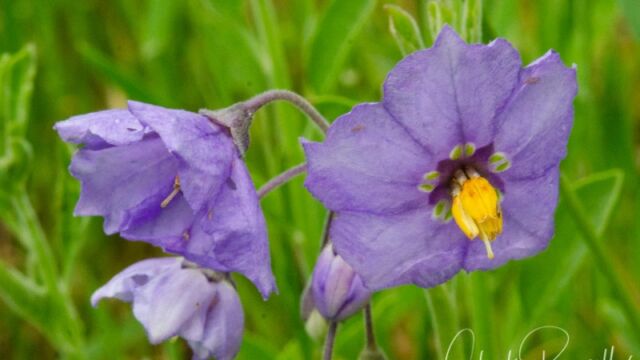
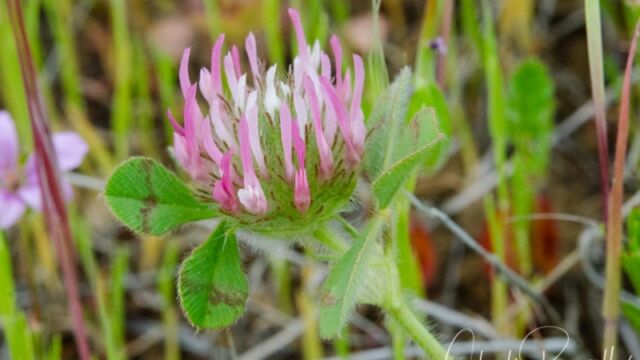
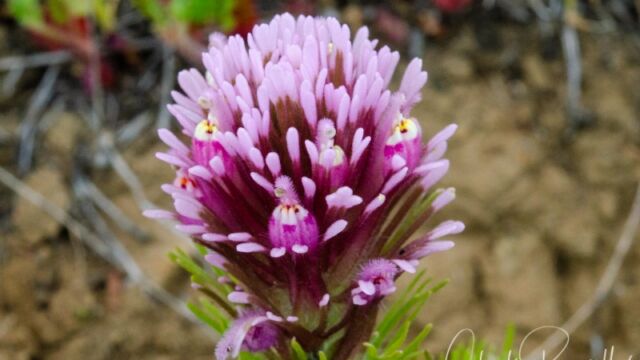

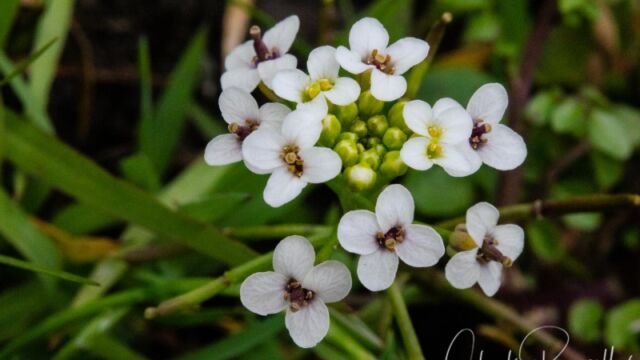
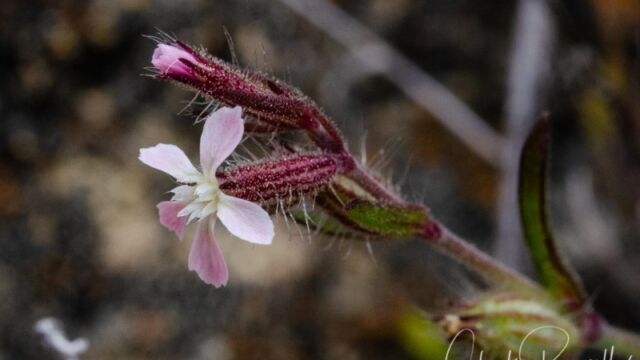
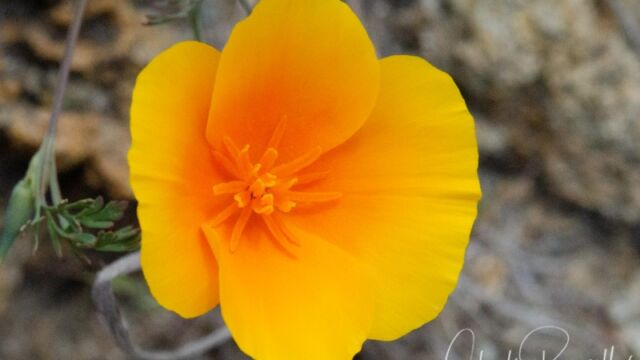
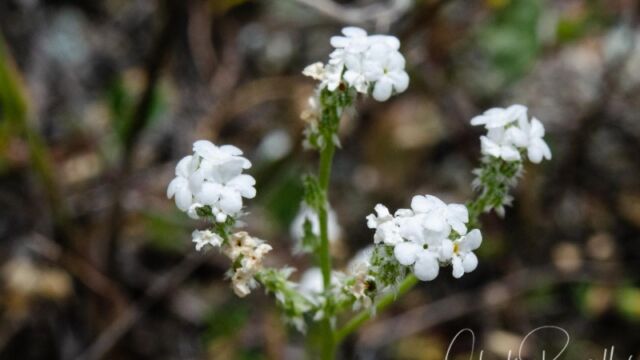
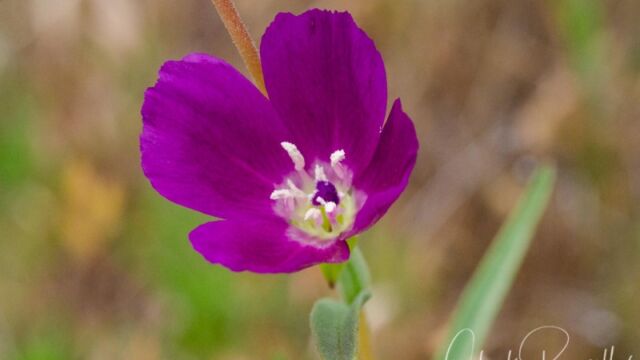


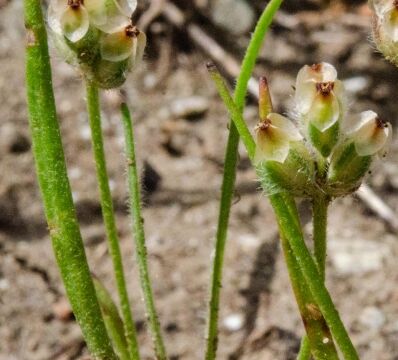
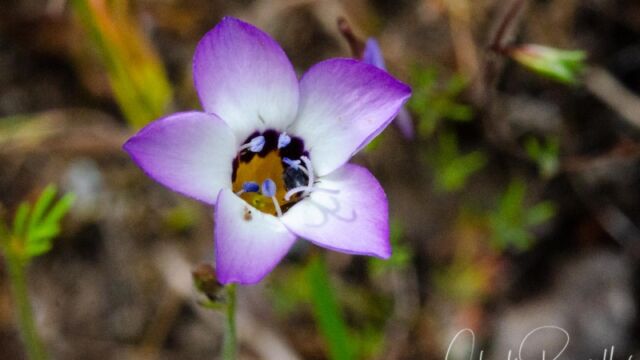
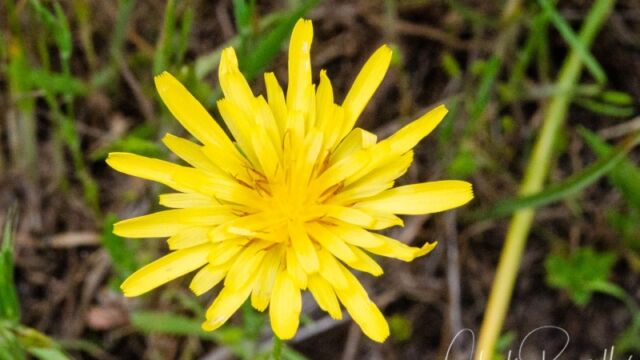
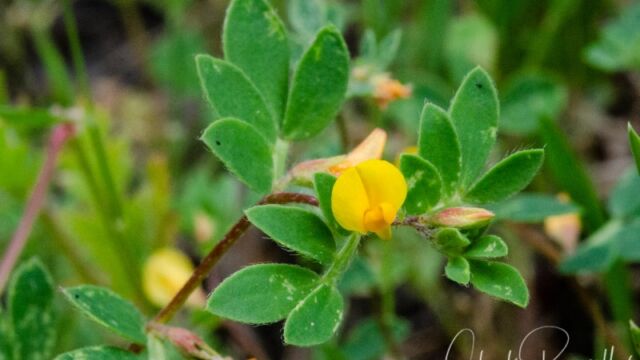
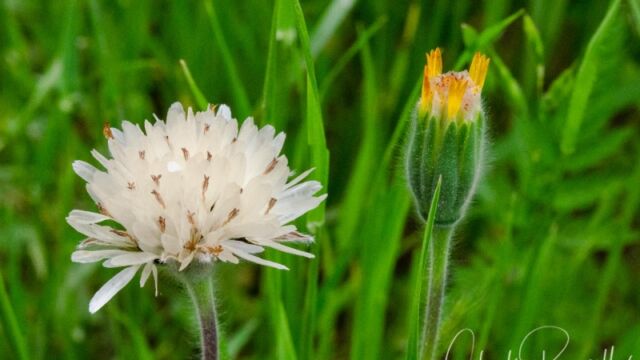
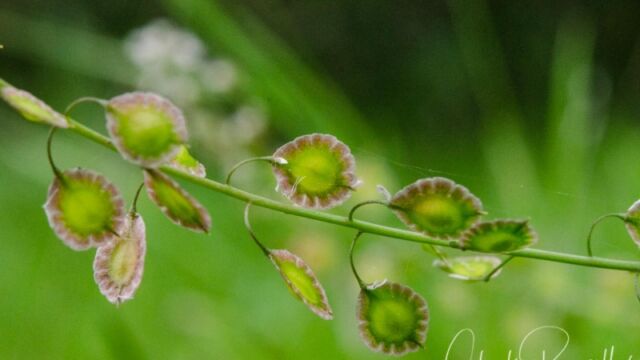


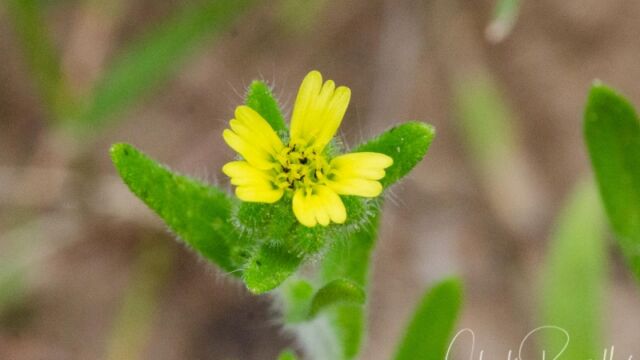
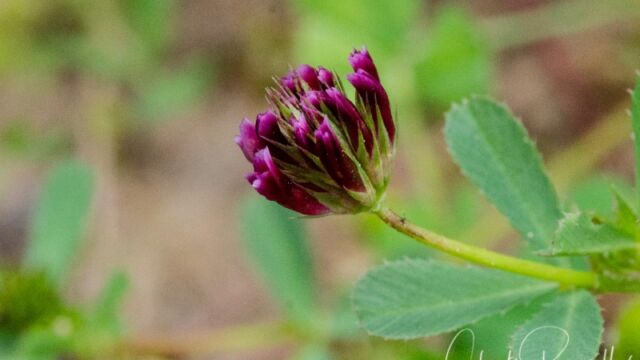
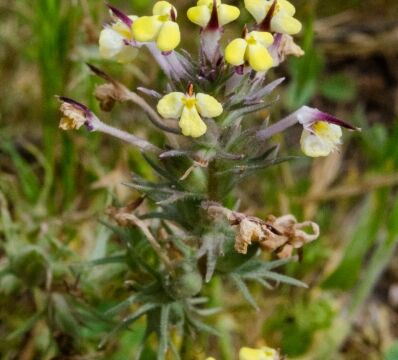
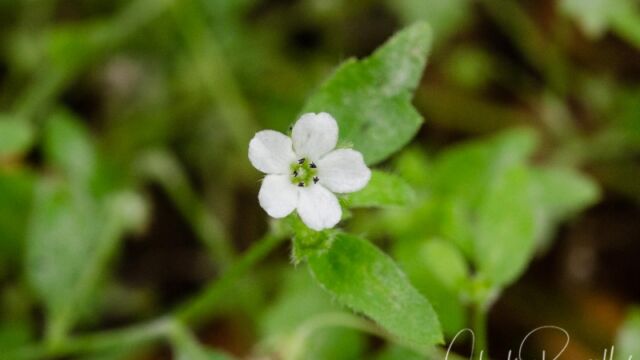
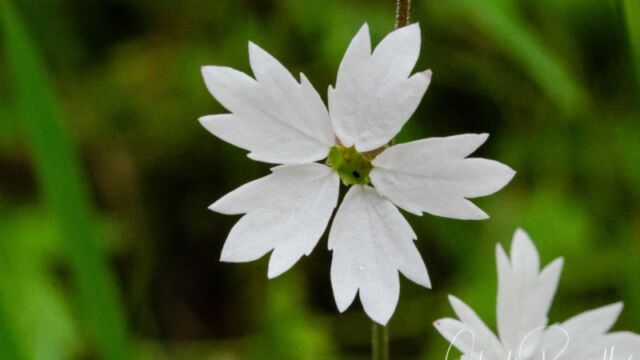
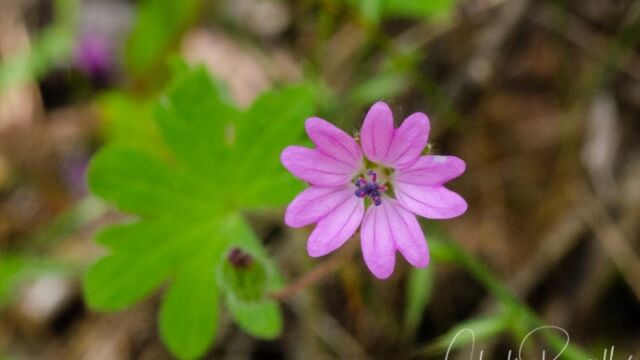
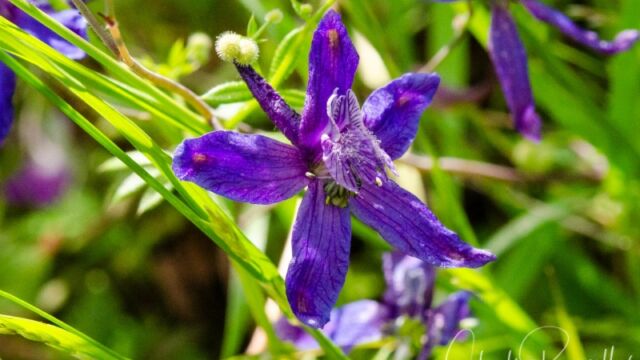
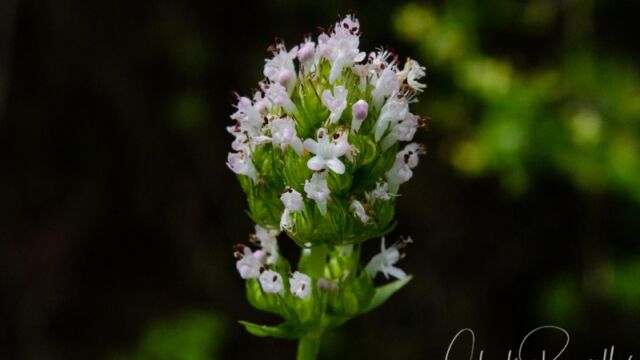
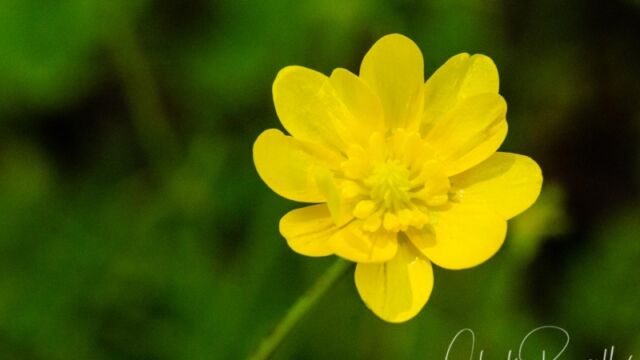

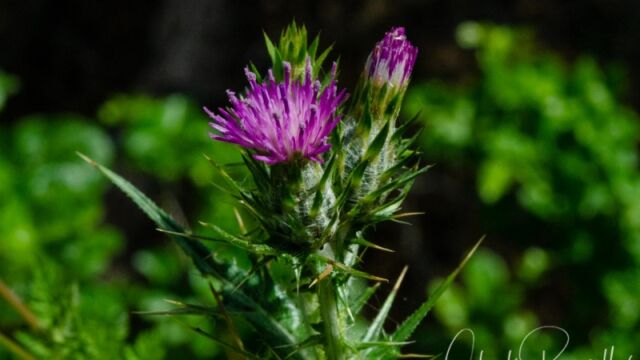
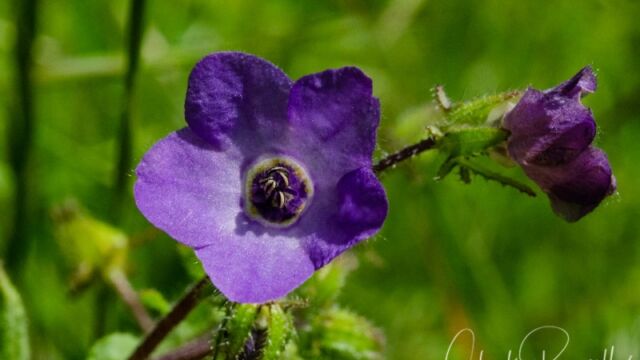
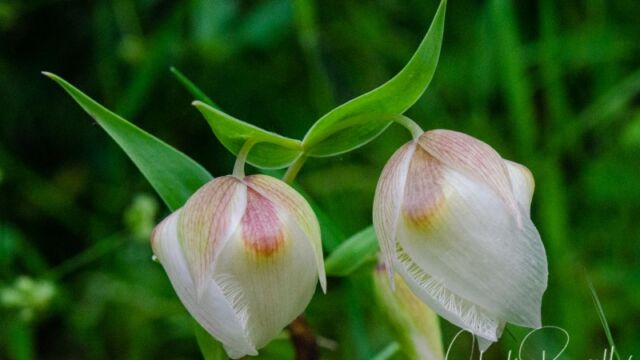
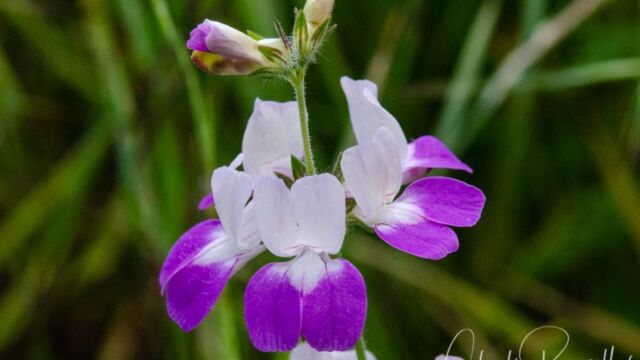

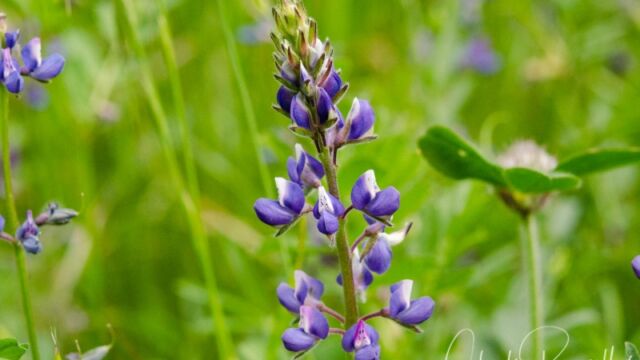
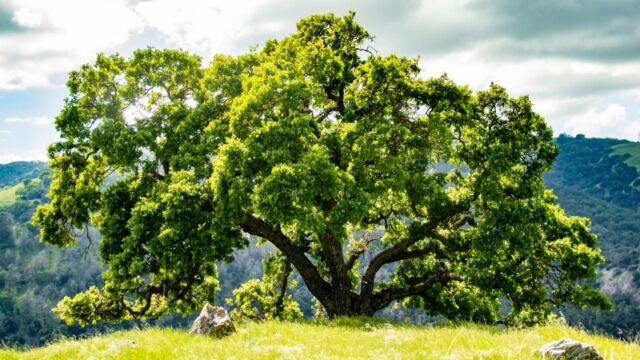
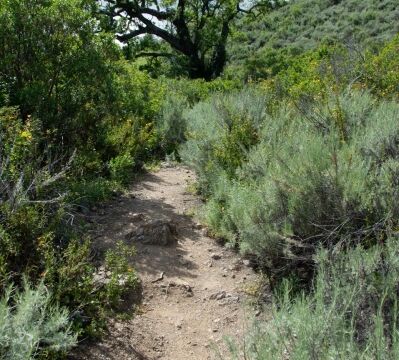
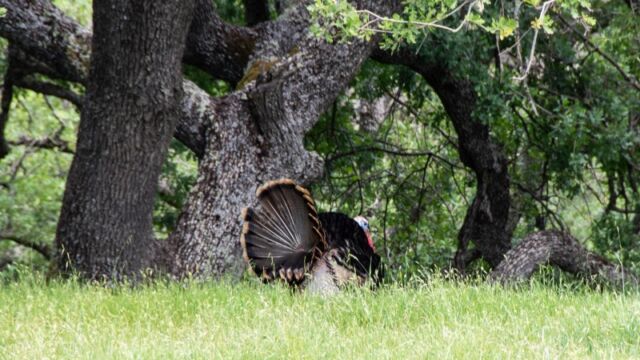
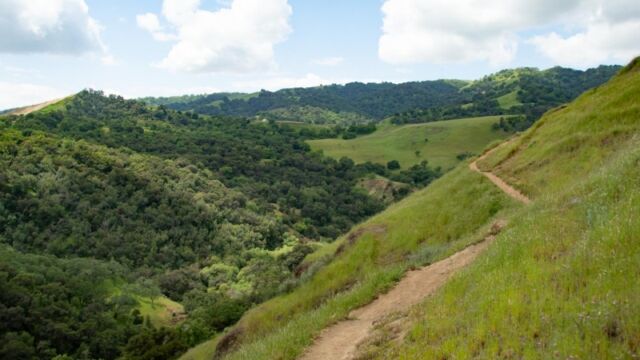

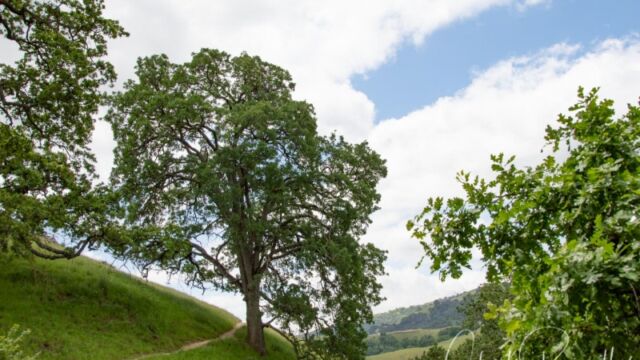

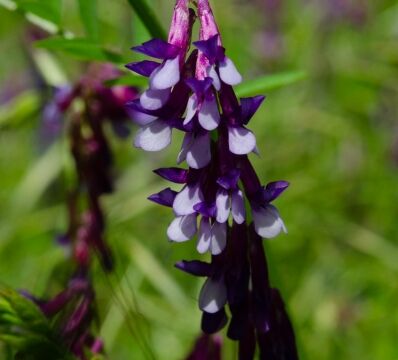
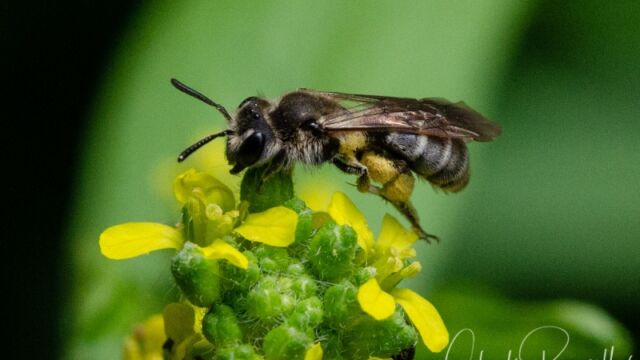

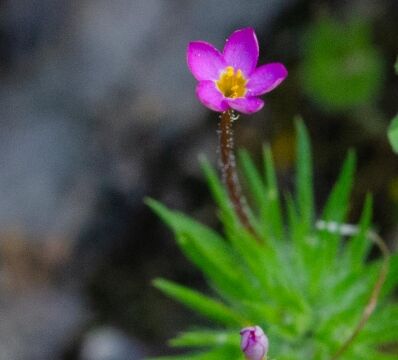
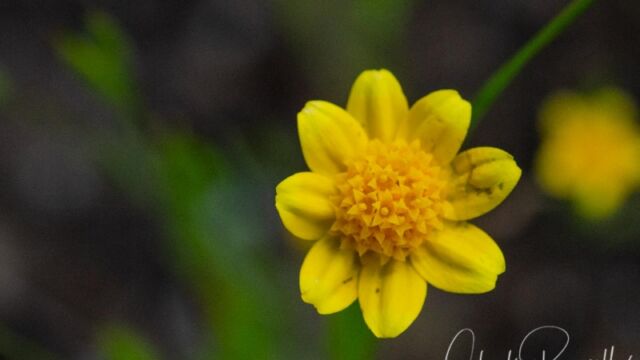
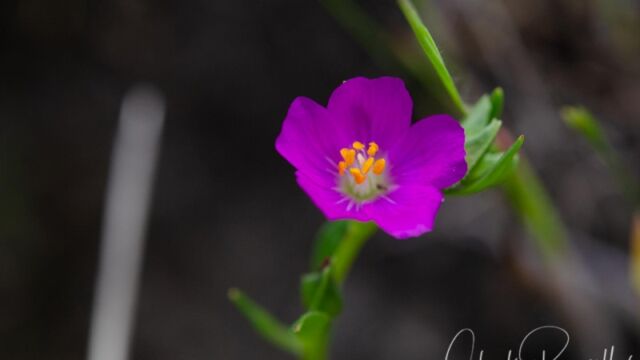
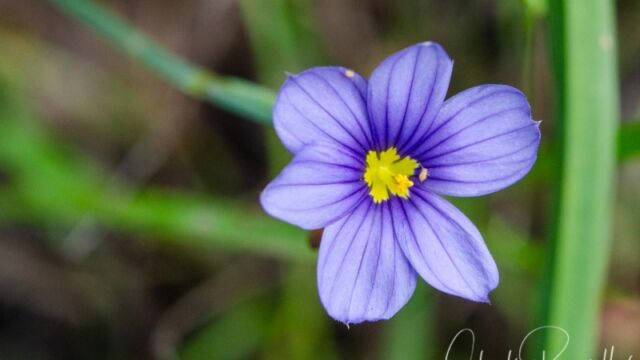
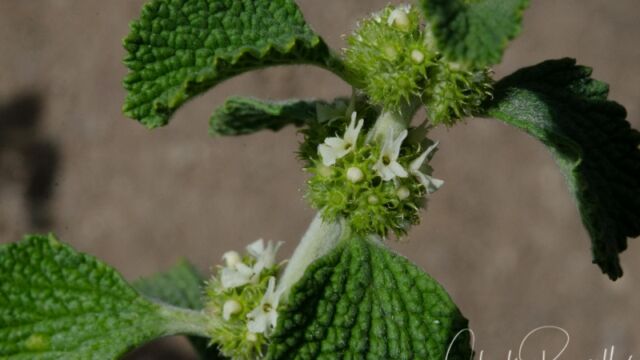

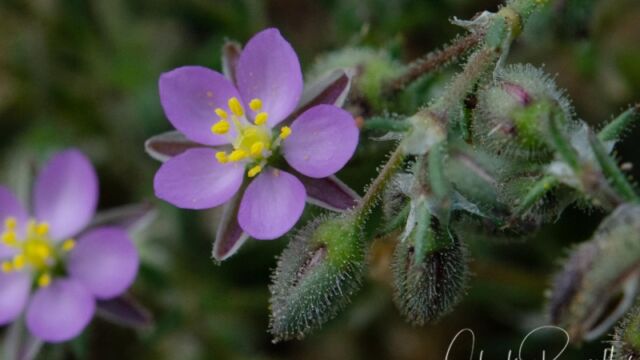
Add comment